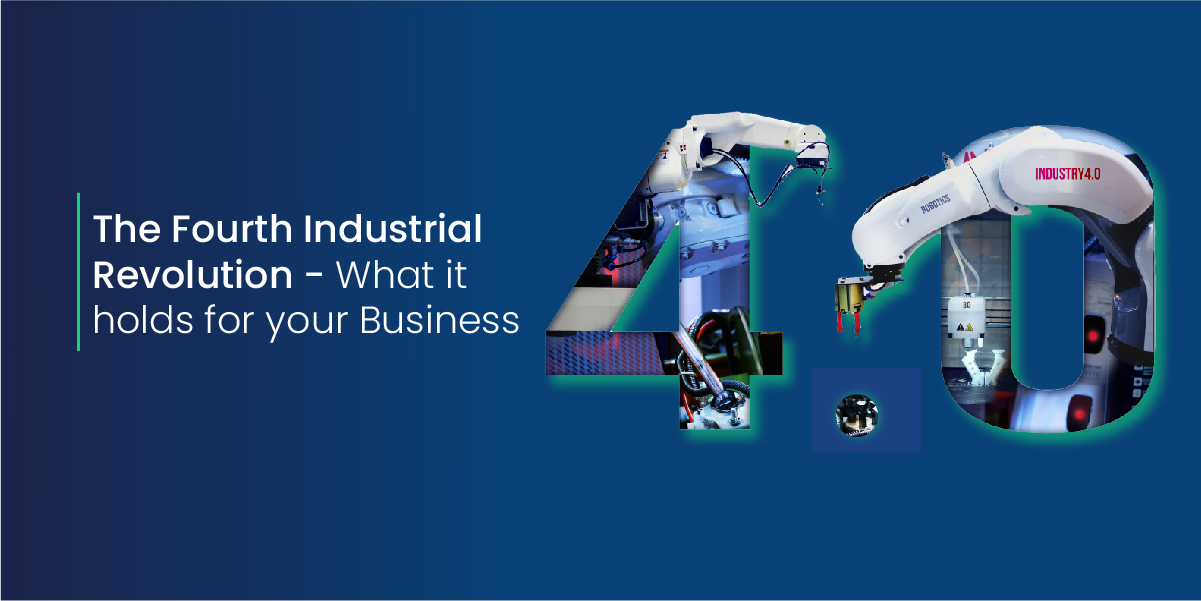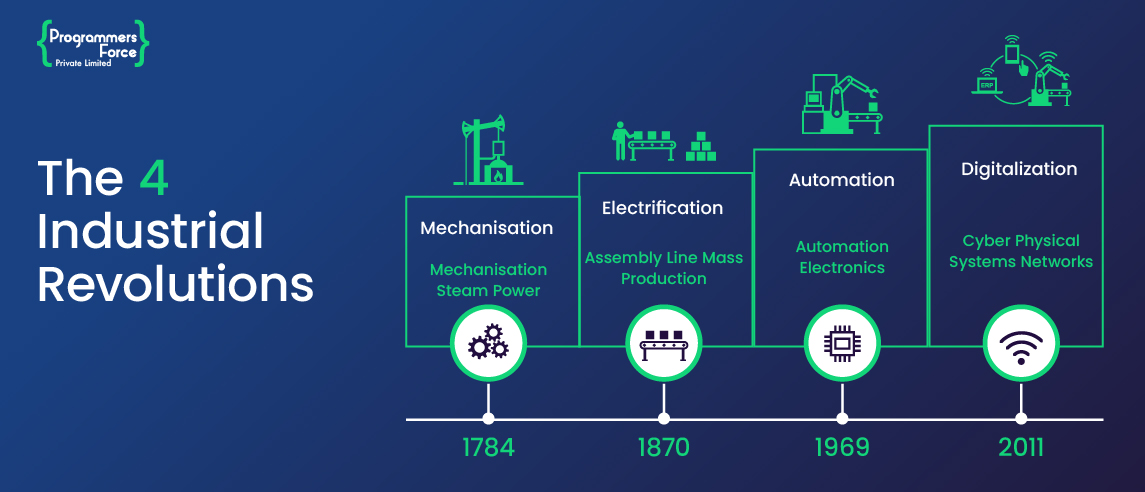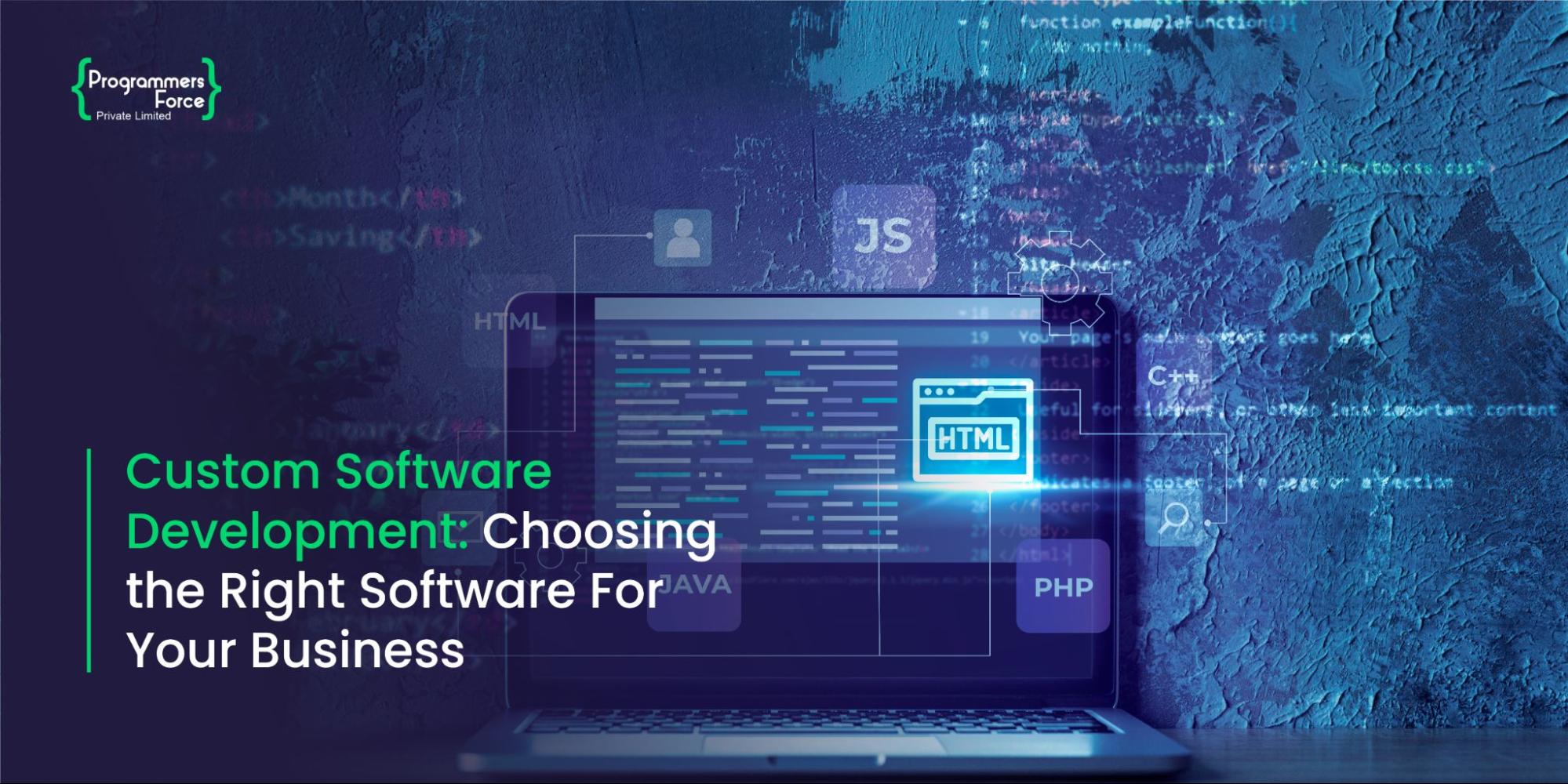
The Fourth Industrial Revolution – What it holds for your Business
Technology is reshaping human interaction and has fundamentally altered the way we work, live and interact with other modern-world entities. The business sector is also undergoing continuous transformation due to its reliance on emerging technologies such as IoT (Internet of Things) and AI (Artificial Intelligence). In 2021, around $1.5 trillion was spent on digital transformation worldwide. This enormous figure shows the dependence of firms on IT offerings. Each new beginning in the global transformation helped in unfolding new things for the betterment of humanity.
A Brief History of Industrial Revolution
Today’s world has come so far compared to the early days of mechanical inventions. The technological changes have derived new concepts of working with new tools and techniques. The industrial revolution began with the handicraft economy’s shift to machine manufacturing. The world experienced three significant leaps in terms of business landscape transformation.
First Industrial Revolution
The first industrial revolution started in England mainly with socioeconomic change which lasted until 1840. It resulted in a significant shift in economic growth, resource consumption, and communication. It is considered one of the most distinguished turning points for humans. Beginning in the 1760s, the first industrial transformation shifted human and animal labor into machinery adaptations such as the steam engine, spinning jenny, making iron, etc. Businesses also started using machines such as spinning Jennys for textile production.
Second Industrial Revolution
The second industrial revolution is the age of rapid mass production and scientific discovery. Many innovations can be traced back to manufacturing from the 1870s to the early 1910s. Different machine tools were established using interchangeable parts. The use of electric power to create mass production of goods was invented during this period, and also made it easier to improve the division of labor across different industries.
Third Industrial Revolution
The third industrial revolution was all about new inventions in the field of information and software technologies. It is also referred to as the “Digital Revolution,” which transformed economies worldwide. Industry 3.0 completely changed the perspective of utilizing old resources such as oil and fossil fuels. It began in the latter half of the 20th century after many firms started transferring their business operations to digital solutions for efficient record-keeping and automation. Information and communication technology picked up the pace, improving the telecommunications sector with innovative solutions. Another major highlight is the adoption of the world wide web, or the internet, which started to grow with other technologies such as cellular phones and microprocessors.
The Fourth Industrial Revolution
The fourth industrial revolution describes the shift of digital domains towards virtual reality spaces through the fusion of different technologies. Klaus Schwab, the founder of the World Economic Forum, coined the term. The revolution completely transformed the current system of economics by implementing a decentralized way of processing with cyber-physical systems. It aims to raise the global economy, through which the real world will fuse with the digital world. Klaus states, “Let us together shape a future that works for all by putting people first, empowering them, and constantly reminding ourselves that all of these new technologies are first and foremost tools made by people for people.”
Moore’s Law
The social system of interaction played a significant role in the industrial revolution. Transformation depends on people’s freedom to choose or entrepreneurs’ revenues to invest in firms involving capital. Industry 4.0 originates from an increase in the power of computers with the foundation of Moore’s Law, according to which the number of transistors doubles every two years. It stipulates that the system’s compliance with the law will get a boost in power after every 18 months. The observation was made in 1965 by Gordon E. Moore, the co-founder of Intel. Technological evolution has led to the exponential growth of processing power, computing speeds, and storage optimization.
Data Processing
The digital revolution introduced the possibility of collecting millions of petabytes to process different operations. Modern-day concepts such as machine learning, data science, and artificial intelligence work on datasets. Data is the foundation for the fourth industrial revolution to truly push processing limits, discovering new worlds for industries. Deep learning utilizes algorithms to generate artificial neural networks that aim to transform the digital business landscape completely. With the proper evaluation of data, the fourth industrial revolution promises to improve quality of life, and raise income levels in the future.

New Opportunities for Businesses
The fourth industrial revolution raised the worldwide economy by adding new products and services. The introduction of digital wallets, currencies, and telemedicine has improved the quality of life. Industry 4.0 brings new avenues for business, regardless of the industry they target. IT offerings will be significantly enhanced, raising business profitability. Remote working has provided the staff with unique problem-solving skills, adding the potential for greater productivity.
Democratizing the educational system with emerging development technologies also provides a suitable platform for accessing information quickly. The fourth industrial revolution converges impactful technologies such as AI, gene editing, and advanced robotics to bring a whole new system of interconnected and intelligent automation. Businesses are open to many opportunities while delivering their core products and services. Some significant advantages companies can take through Industry 4.0 are:
- Industry 4.0 Reduces barriers between the inventors and the market using digital channels to target the right customers.
- AI will play a crucial role in business development, providing a more practical approach to processing data and deriving results faster.
- Industry 4.0 fuses multiple domains, such as machine learning and data science, to create new organizational opportunities.
- Improved automation, such as Robotics, will also provide AI-enabled solutions improving human lives with day-to-day tasks.
- The fourth industrial revolution brings more seamless interaction between individuals that will help businesses connect with their audience directly.
Final Thoughts
Industry 4.0 is simply the utilization of digital technologies to improve the current business landscape by producing higher-quality goods and reducing costs. The concept is unprecedented in terms of complexity, scope, and scale. The fourth industrial revolution is the convergence of emerging technologies such as the Internet of Things (IoT), robotics, autonomous vehicles, artificial intelligence (AI), quantum computing, and machine learning. With the interconnectivity of emerging technologies, the fourth industrial revolution promises to bring ease to individuals and businesses.










